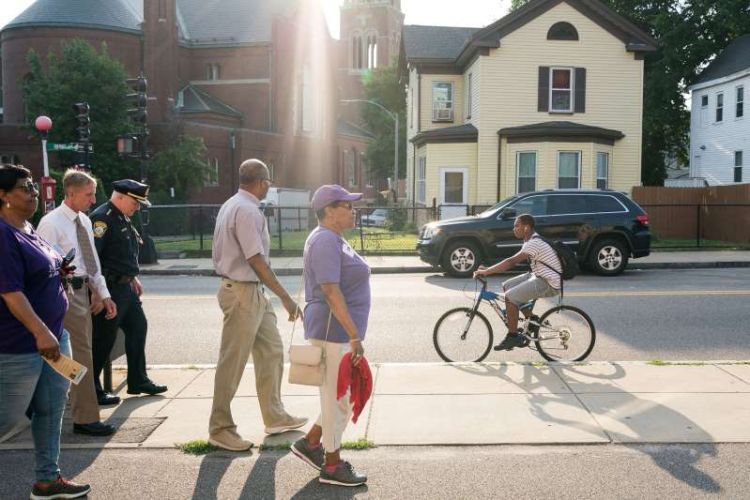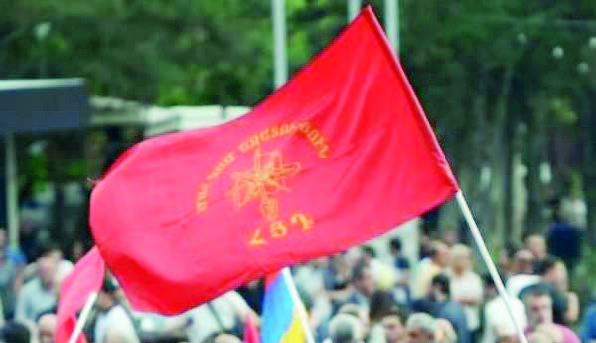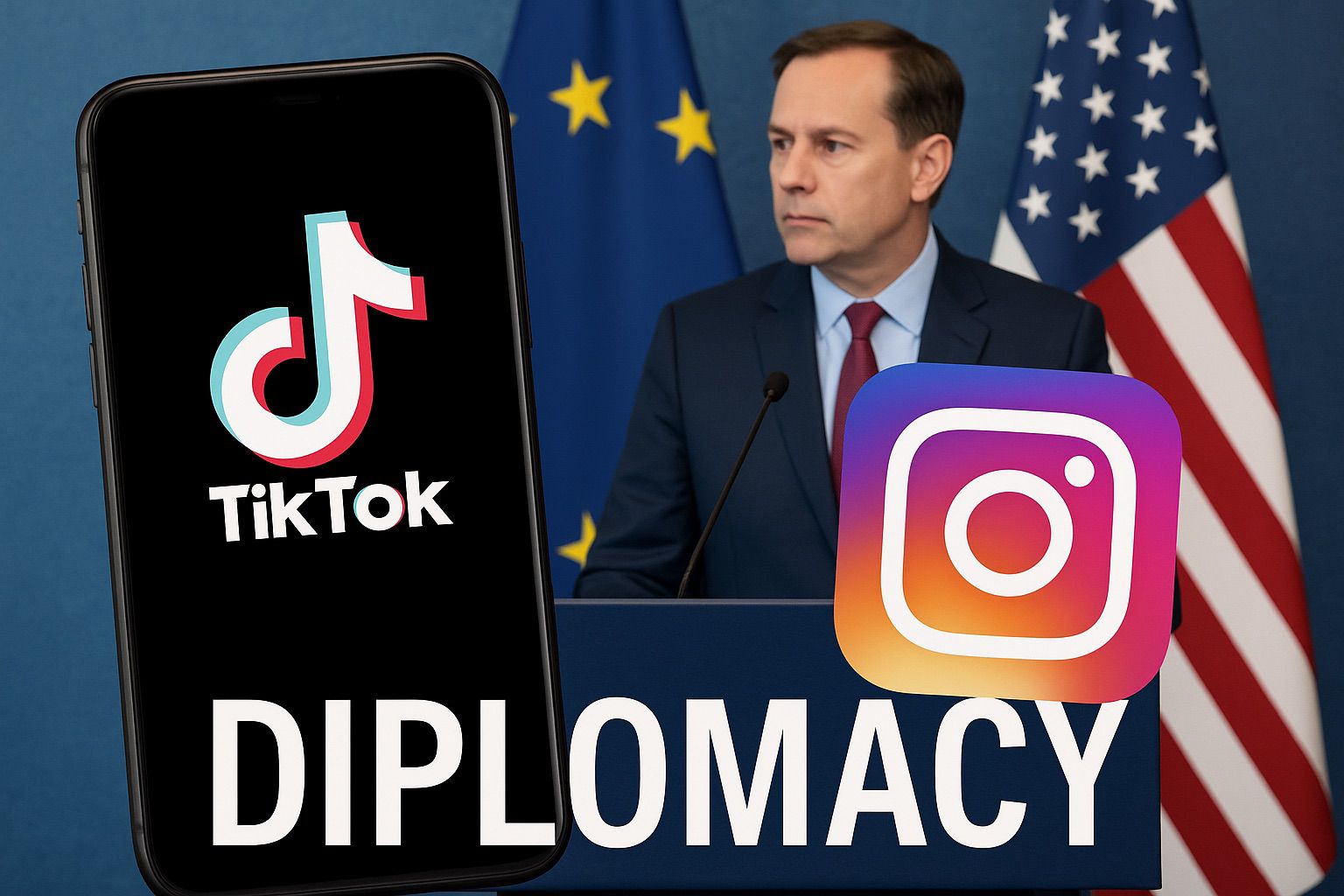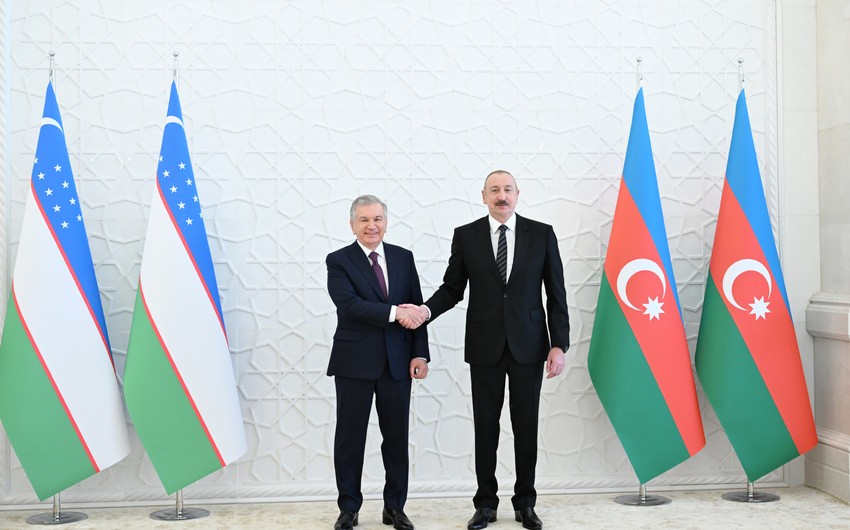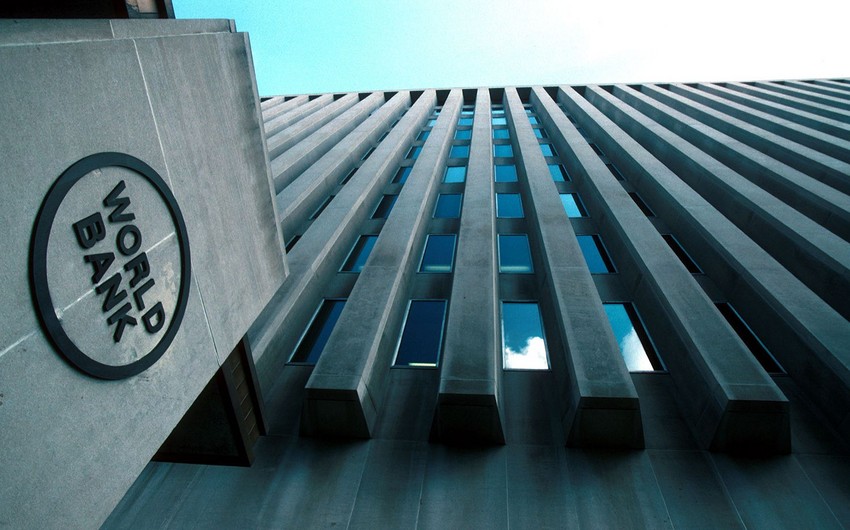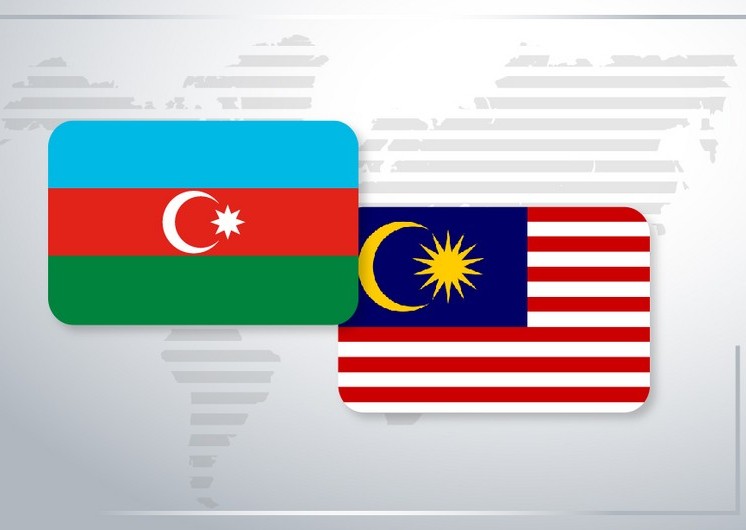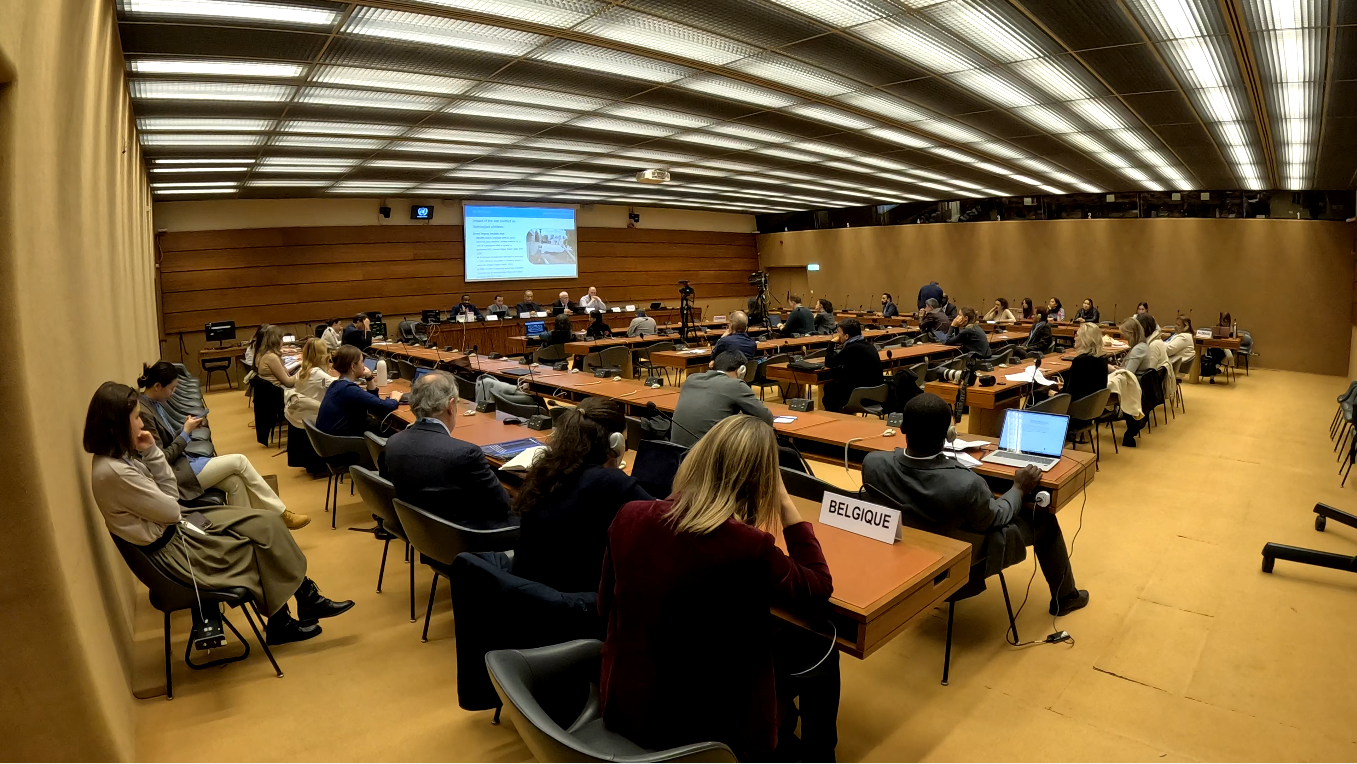Nearly a year after Aice Jackman was gunned down in the street, his mother and 5-year-old brother walked into a Dunkin’ Donuts, where the boy spotted a pit bull puppy and dashed over to pet it.
Kaiesha Skinner’s gaze followed her young son and then settled on the man holding the leash. Their eyes met. She froze: It was the same man who she believes killed Jackman.
She grabbed her youngest son’s hand, yanking him away from the man and back to their car.
“We all know who shot my son,” Skinner said later. “They just haven’t arrested him.”
In the past decade, police in 52 of the nation’s largest cities have failed to make an arrest in nearly 26,000 killings, according to a Washington Post analysis of homicide arrest data. In more than 18,600 of those cases, the victim, like Jackman, was black.
Black victims, who accounted for the majority of homicides, were the least likely of any racial group to have their killings result in an arrest, The Post found. While police arrested someone in 63 percent of the killings of white victims, they did so in just 47 percent of those with black victims.
The failure to solve black homicides fuels a vicious cycle: It deepens distrust of police among black residents, making them less likely to cooperate in investigations, leading to fewer arrests. As a result, criminals are emboldened and residents’ fears are compounded.
In almost every city surveyed, arrests were made in killings of black victims at lower rates than homicides involving white victims.
Four cities — Chicago, Baltimore, Detroit and Philadelphia — accounted for more than 7,300 of the black murders with no arrests. But even smaller majority-white cities have amassed large rosters of these cases during the past decade: 422 in Columbus, Ohio; 277 in Buffalo; 183 in Nashville; and 144 in Omaha.
In interviews with The Post, more than two dozen police chiefs and homicide commanders said they work just as hard to solve black murders but that those investigations are often hampered by reluctant witnesses.
No major U.S. city had a wider gap in arrest rates for white and black victims than Boston, where Jackman was killed last summer and where the killings of white residents are solved at twice the rate of black victims.
"We don't care what color you are," Boston Police Commissioner William Evans said. "Sometimes, because a case goes unsolved, people get the perception that we forget about their loved ones . . . We never forget about them."
Police in several cities said that some types of killings are easier to solve than others. Domestic-violence cases and bar fights may present fewer hurdles to making an arrest, while gang-related shootings and drug-related killings, which are believed to account for the majority of unsolved cases, are more complicated, police said.
“Let’s face it, when you talk about murder in our urban communities — black and brown, where gang and group violence is prevalent — you got that retaliation piece,” said Detroit Police Chief James Craig, whose department had an arrest rate 12 percentage points higher for white victims than for black victims. “And those are the most challenging kind of homicides to investigate.”
But residents and community leaders in many cities remain skeptical that police are doing all they can to solve black homicides.
“Black life is seen as not as important,” said the Rev. William Barber, a national civil rights leader, who called the failure by police to solve black homicides a civil rights crisis on par with questionable police shootings of minorities and wrongful convictions of black men.
“The black community gets cut by both edges of the sword,” said Barber, who until last year led the North Carolina chapter of the NAACP. “There’s no big rush to solve a case when it’s considered ‘black on black.’ But if it is a black-on-white killing, then everything is done to make an arrest.”

The survey identified five cities where the killings of black victims led to an arrest just as often or slightly more often than the slayings of white victims: Birmingham, Ala.; Durham, N.C.; Fort Worth; Tampa; and Wichita.
“We treat every homicide the same, regardless of where it occurs or who the victims are,” said Fort Worth police Capt. Devin Pitt, who noted the department’s high arrest rates for murder in Latino neighborhoods on the city’s north side and black neighborhoods on the city’s east side.
“Our neighborhoods still have enough trust in the police department to help us solve these cases,” he said.
The Post analysis relied on racial classification for victims as recorded by police and used local news reports and public records, such as death certificates, to complete missing records.
Still, the inconsistency with which departments recorded the race and ethnicity of Hispanic victims — whose killings result in an arrest 49 percent of the time across the 52 cities — made it difficult to compare arrest rates in those cases city to city.
Other racial groups accounted for a comparatively small number of the killings in the survey.
In Houston, where police reliably tracked Hispanic victims, officers were least likely to make an arrest in a homicide if the victim was Hispanic. Police Chief Art Acevedo cited distrust of police among Hispanic residents, many of whom are undocumented and fear that cooperation will lead to their deportation.
“The playing field is not equal in terms of people’s ability to feel like they can safely participate in trying to solve crime,” Acevedo said.
Since 2007, Boston police have made an arrest in nearly 90 percent of the homicides with white victims but 42 percent of the homicides with black victims, who account for the vast majority of the city’s killings.
Of the 435 homicides with black victims, 254 remain unsolved. Of the 57 homicides with white victims, only six are unsolved.
“There is no question that the African American community is victimized by this out of proportion,” said Ed Davis, who was the Boston police commissioner from 2006 to 2013. “It’s a tragedy of our time that we’re not doing more to stop this.”
Boston’s racial gap in solving homicides persists even though police there have been praised nationally for innovation in fighting violent crime.
In the mid-1990s, local police, clergy and criminologists collaborated to curb youth violence by identifying gang crime hot spots and focusing on the handful of offenders responsible for the crime. Their success was dubbed the “Boston Miracle.”
But by2005, the city was facing an uptick in violence, and the rate at which police were solving homicides had dipped below the national average. Department leaders vowed to raise arrest rates, which meant they would have to solve more black homicides.
First, the department changed the way it deployed detectives so that no team of investigators was juggling too many homicides.

Next, Davis dispatched two detectives to London, where investigators solve nearly every homicide, and adopted that city’s practice of assigning multiple detectives to each killing in the crucial first hours of the investigation. Then he asked criminologists with Boston’s Northeastern University to review several years of homicide case files and — at their suggestion — added an extra detective to each homicide squad and hired an additional crime analyst and victim-witness resource officer.
Arrest rates began to improve slightly in 2012, but the gulf between white homicides and black homicides persists.
In the city’s most violent neighborhoods, community leaders blame what they perceive as apathy from police, prosecutors and local news media.
The attention a killing gets "largely depends on your status," said Rufus Faulk, an anti-violence activist and community leader in Roxbury, one of Boston's historically black neighborhoods.
“Then, oftentimes, there is this adage thrown out there that the victim was gang-involved or ‘known to the police,’ ” added Faulk, who said he has attended at least one funeral a year for a murder victim from his neighborhood for each of the past 23 years. “That immediately shifts the victimhood away from the person who was slain and implies that they caused their own demise. And you can see why then there is a resulting lack of public outcry.”
Boston law enforcement and city officials insist they are doing everything in their power to make arrests in the murders of black men and women and said they have worked to strengthen community relationships.
“I go to most of the homicide scenes, and I see the work these guys [homicide detectives] do,” said Evans, who announced his retirement as Boston’s police commissioner earlier this week. “A lot of people sometimes see things and they don’t help us . . . Getting cooperation is the hardest thing.”
Each week, city and police officials team up with local clergy to hold peace walks in several of the city’s most violent neighborhoods. Police hope that improved relationships will lead to increased cooperation from witnesses and more arrests.
“The detectives understand that there’s a real fear there, and there’s a reason that people feel” distrustful of police, said Boston police Superintendent Gregory Long, who oversees the homicide unit. “But at the end of the day, it can become frustrating when you have, in some cases, everything set up and you just need that one person to give you the last piece of information before you can make an arrest. And sometimes it takes years.”

One of Boston’s most persistent voices demanding more attention to unsolved homicides is Mary Franklin. Her husband, Melvin, who was black, was killed just down the street from their home late one night in October 1996.
He’d been walking home from a bus stop after leaving work at Boston Logan International Airport. Police called it a robbery. Franklin believes her husband stumbled upon a stickup in progress and attempted to intervene.
In the two decades since, Franklin has held countless meetings with politicians and protested in the lobby of Boston police headquarters. She even tried to run for mayor in 2017, vowing that if she was elected she would devote more resources to Boston’s homicide unit and stay in better touch with the families of those killed.
Police said they have met many times with Franklin and are still doing all they can to solve her husband’s slaying.
"What hurts me so badly is to see these women going through exactly what I went through 20 years ago," said Franklin, who runs the Women Survivors of Homicide Movement, a support and advocacy group, out of a one-bedroom apartment where the purple-painted walls are lined with framed newspaper clippings of articles about local homicides.
Franklin acknowledged that Boston’s arrest rate has improved in recent years. But she said that her group has worked with police to help encourage witnesses in homicides to cooperate and that even with willing witnesses, some of those cases led to no arrest.
“When you look at white murders, those crimes get solved even when there’s not a witness. Black murders, it seems like we’ve got to have a witness to the witness before we get an arrest,” said Franklin. To quantify how often cases went without an arrest, she obtained from police a list of more than 1,000 unsolved homicides in the city’s three predominantly black sections dating back to the 1970s. “This is a national epidemic.”
In a year-long effort to examine unsolved homicides, The Post has collected and mapped a decade of homicide data from dozens of major American cities — chronicling about 55,000 killings across 55 cities to date. The analysis for this story included 52 cities where data on the race of the victims was available.
In those cities, police made an arrest in 49 percent of homicides, leaving 45 percent still under investigation.
About 6 percent of the homicides were closed by police for reasons other than arrest, such as the death of a suspect. Those cases were counted as ones with no arrest when calculating arrest rates across and within individual cities. Had those cases been excluded from the analysis, the difference in arrest rates for black victims and white victims would increase slightly in nearly every city.
Black Americans have long contended that the criminal justice system devalues black lives by allowing black killings to go unpunished. In 1892, anti-lynching activist and journalist Ida B. Wells urged black families to purchase guns to “be used for that protection which the law refuses to give.”
For many, the belief that police don’t value black lives was reinforced in 2012, when police in Sanford, Fla., did not immediately arrest neighborhood watchman George Zimmerman after he shot and killed Trayvon Martin, a black 17-year-old, as he walked home from a store.
Zimmerman was later arrested and charged, but his acquittal in 2013 planted the seeds of the Black Lives Matter movement. The next year, a police officer shot and killed Michael Brown, an unarmed black man, in Ferguson, Mo., sparking years of national demonstrations against the alleged police mistreatment of black men and women.
“There is a straight line between black people being outraged loudly about police officers being able to shoot and kill people and being able to get away from it and black people quietly wondering when that homicide in their neighborhood is going to be solved,” said Ibram Kendi, an American University historian and author of “Stamped from the Beginning: The Definitive History of Racist Ideas in America.”
He added: “Black people have experienced police officers more as profilers and brutalizers, as opposed to investigators, and it takes investigators to solve very difficult homicide cases.”
Across the 52 cities surveyed, The Post analysis found racial inequities in homicide arrest rates no matter the location of the killing: A black homicide was less likely to lead to an arrest than a white homicide in either majority-black neighborhoods or majority-white neighborhoods.
Black homicides in majority-black neighborhoods had a 45 percent arrest rate. White homicides in majority-black neighborhoods had a 59 percent arrest rate.
The rate for black homicides in majority-white neighborhoods was 55 percent, while white homicides in majority-white neighborhoods had a 64 percent arrest rate.
The failure to solve black homicides no matter the location deepens skepticism that police approach each homicide with the same fervor.

In Boston, black community leaders recall the story of Charles Stuart, a prominent white attorney who in 1989 killed his wife and unborn child and then claimed they had been killed by a black man, prompting a citywide manhunt.
“They tore the block apart; they raided people’s homes; they were strip-searching young black men on the side of the road,” said Milton Jones, the director of operations for the Louis D. Brown Peace Institute, a Boston organization that offers support services to families of homicide victims.
The infamous case came to an end weeks later when Stuart killed himself and his brother told police that Stuart had killed his wife for her life insurance money.
“Those kids who were being strip-searched, they’re in their 40s now,” Jones said. “So when you talk about community relationships with the police, you have to remember that history.”
Kaiesha Skinner had spoken with her son just 10 minutes before he was shot on July 17, 2017.
He hadn’t come straight home from work as a personal trainer at a gym that Monday evening, but he assured his mother on the phone that he’d be there soon. First, he said, he was going to drop off a friend’s cellphone and buy some marijuana.
The eldest of four, Jackman had had run-ins with the police and gangs but had turned a corner in his life, his mother said. Jackman had received his high school diploma and had enlisted in the Navy.
Minutes after they spoke, Skinner saw chatter on Facebook: There had been a shooting near Blue Hill Avenue, where her son was headed.
She called him again, and after getting no answer rushed to the neighborhood — where she found her son’s body draped with a white sheet.
After talking to police and others in the neighborhood, she believes her son had been confronted by an armed man who began firing at him. Her son, she believes, pulled out a gun in turn and fired back. He was shot three times.
Jackman died at the scene. The other man, publicly identified by police only as a 21-year-old, was wounded and hospitalized. No one has been arrested, but Skinner said she learned the other man's identity from people in the neighborhood.
Police declined to discuss Jackman’s killing in detail or address Skinner’s assertion about who she believes is the killer because the case remains open and under investigation.
“There may have been others present at the scene who may not be identified at this time, and we strongly urge any witnesses or anyone with any information that could assist investigators to contact the Boston Police homicide unit,” said Sgt. John Boyle, a department spokesman.
Skinner said she believes there are probably at least a dozen people who witnessed her son’s killing and could provide information that could lead to the man’s arrest. But in a tightknit neighborhood often home to gang violence, she believes that their fear of the killer outweighs their willingness to cooperate.
In the meantime, Skinner said, she dreads the thought of again running into the man she suspects killed her son, as she did in the Dunkin’ Donuts in May.
Advocates for families of the slain said these run-ins between suspected killers and the families of their victims are commonplace in the city’s most violent areas.
One mother in Mary Franklin’s group said the family of the man who she believes killed her son uses the same violence counselor as she does. Another mother said she lives directly across the street from the man she believes killed her son. She sees him almost every day.

